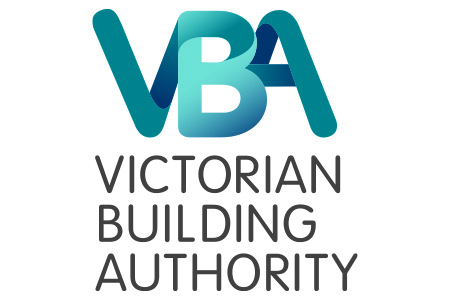Proactive inspections helping to drive change

More than 3000 proactive inspections of building and plumbing work were undertaken between January and March 2021, with inspectors finding good overall compliance but persistent risks around timber framing and rainwater drainage work remain.
Two thirds of building and plumbing inspections carried out as part of the state building and plumbing regulator’s PIP found practitioners were compliant.
The VBA’s State Building Surveyor Andrew Cialini said there was a shift in both attitude and behaviour in the construction industry.
“Practitioners are more aware of, and more accepting of the program, and inspectors have reported that builders are using them as a source of knowledge and are much more eager to ask them questions on site.”
“Part of our role is working with practitioners to ensure they do the right thing and preventing instances of non-compliances before they happen.”
The VBA’s Q3 PIP data revealed that 66 per cent of building and plumbing construction sites were either compliant or low risk.
Data showed that there were less unlicensed and unregistered workers carrying out plumbing work since the inception of the program in 2015 and, among other advances, water pipe installations had improved.
Overall, from January to March 2021 the VBA conducted 3035 inspections, comprising of 1732 building and 1303 plumbing inspections across the state.
Of the municipalities, the local government areas with the most inspections were Melton, Hume, Whittlesea, Wyndham, Casey and Greater Geelong.
Timber framing items are regularly the top non-compliant issues found by the VBA in domestic building work, and this quarter the percentage non-compliance increased to 24 per cent after dropping to 20 per cent in the previous quarter.
In commercial building work, firefighting safety provisions was the biggest compliance issue, such as the protection of building openings.
For plumbers conducting domestic work, the most common non-compliant risks included sanitary and roof drainage systems, and gas installations with ground gas fittings installed too close to other services.
Compliance risk on construction sites had increased by seven per cent to 33 per cent, compared to the previous three quarters.
Mr Cialini said with PIP now in its fifth year, practitioners in both building and plumbing were working with the VBA to make improvements.
“Builders and plumbers are engaging with our inspectors on site, asking questions and tapping into their expertise. We’re working together to improve the quality and safety of building and plumbing work for Victoria.”
